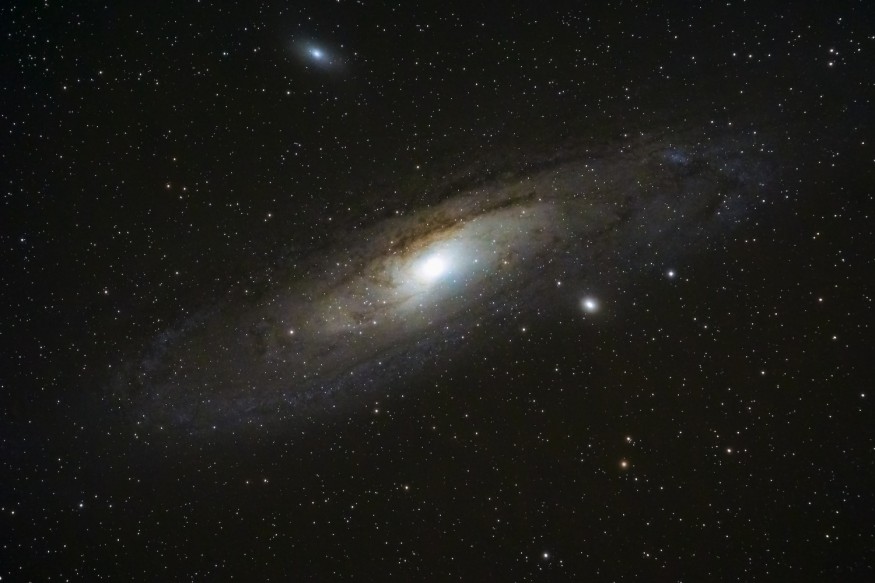
NASA's breakthrough discoveries into the unknown have long helped us understand the universe no matter how peculiar certain things seem. As such, the space agency has taken a closer look at the NGC 6684 galaxy through the help of Hubble.
Observing the NGC 6684 Galaxy
According to Scitech Daily, NASA along with the ESA Hubble Telescope were able to come up with new images revealing the NGC 6684 galaxy. The peculiar galaxy was located in the Pavo constellation around 44 million light-years away from Earth.
The images taken by the Hubble Space Telescope revealed the lenticular galaxy NGC 6684 in all its glory, seemingly being abundant in soft light. The space agency used the Advanced Camera for Surveys (ACS) of Hubble to capture the image.
According to Constellation Guide, the Pavo constellation translates to "the peacock" in Latin and was found in the southern sky. This constellation is considered part of the Southern Birds, which consists of four constellations.
The Pavo constellation was initially depicted on Plancius' globe in 1598 and initially appeared in the Uranometria of Johann Bayer in 1603. According to Oxford Reference, the Uranometria was the first star atlas that ever had the entire sky covered.
ALSO READ : Fibonacci's Ancient Math Unveils New Approach to Lunar Navigation for Future Moon Missions
What Made NGC 6684 Ghostly
The NGC 6684 galaxy was described as a "lenticular galaxy," which means a galaxy that is shaped like a lens. These types of galaxies have a large disc but lack a commonly known characteristic of other galaxies, the spiral arms.
The result of this is the galaxy being somewhere between either a spiral galaxy or an elliptical galaxy, which then gives off a diffuse, making it more ghostly in terms of appearance. As such, the NGC 6684 didn't have many dark dust lanes seen threading around other galaxies.
The image provided more than just a spectacle as it was able to provide more data. However, accomplishing the image also took much data of its own through the "Every Known Nearby Galaxy" program.
Observing Galaxies
The "Every Known Nearby Galaxy" program aims to observe all galaxies that fall within a certain proximity of 10 megaparsecs. This would result in about 32.6 million light-years away, and its main goal is to target galaxies that the telescope wasn't able to earlier observe.
Before the start of the program, the Hubble had only been able to observe around 75% of the total proximate galaxies. However, the completion of the census aims to provide important insights when it comes to the stars in the galaxy.
The approach also aims to make up many different galaxies that stretch across different environments. As such, it is an ongoing program with the NGC 6684 being just one of the galaxies under its observation.
According to the European Southern Observatory, the NGC 6684 was studied through a program that aimed to observe stellar motions in barred galaxies.
Check out more news and information on Space in Science Times.
© 2026 ScienceTimes.com All rights reserved. Do not reproduce without permission. The window to the world of Science Times.












